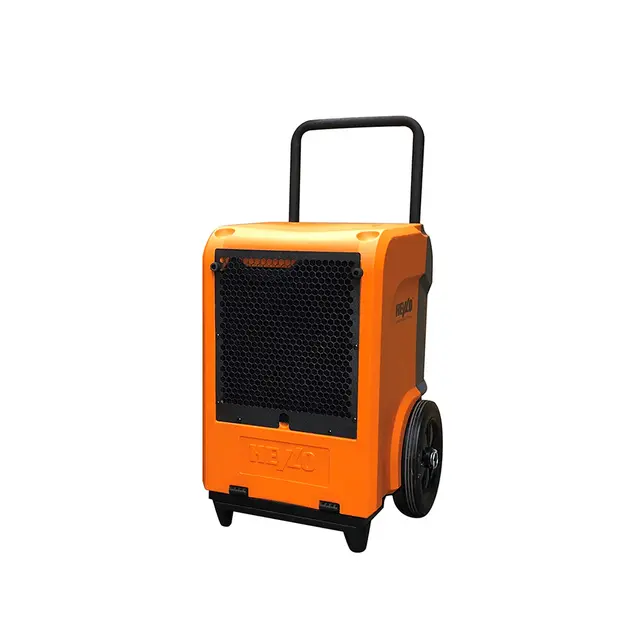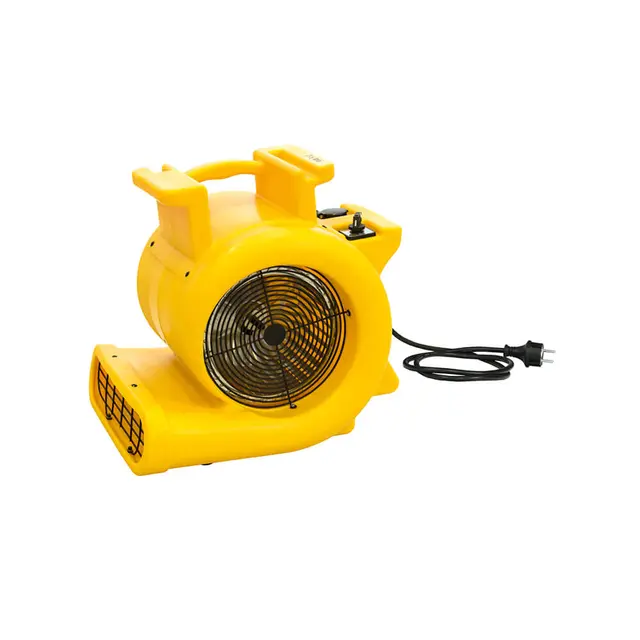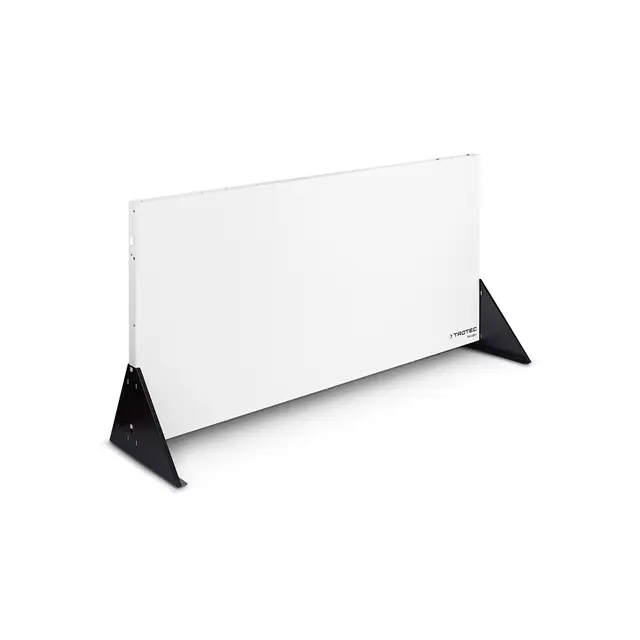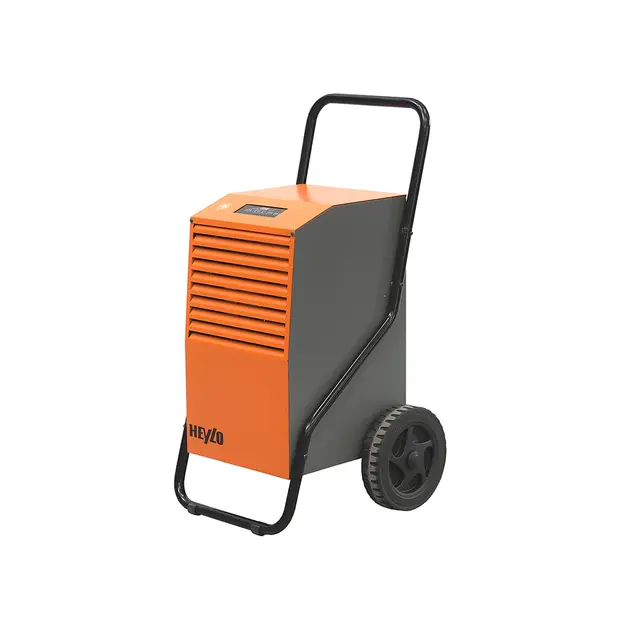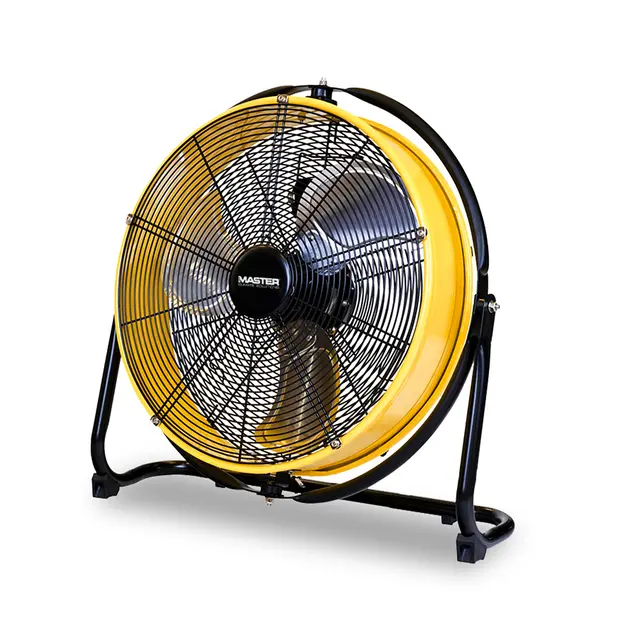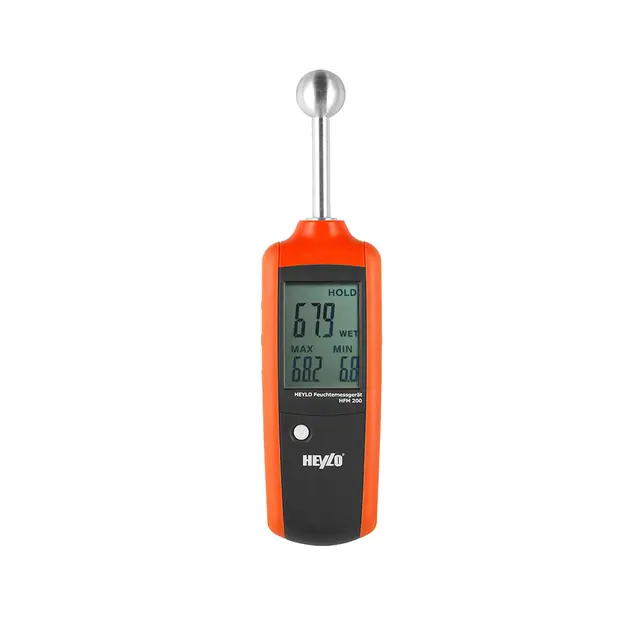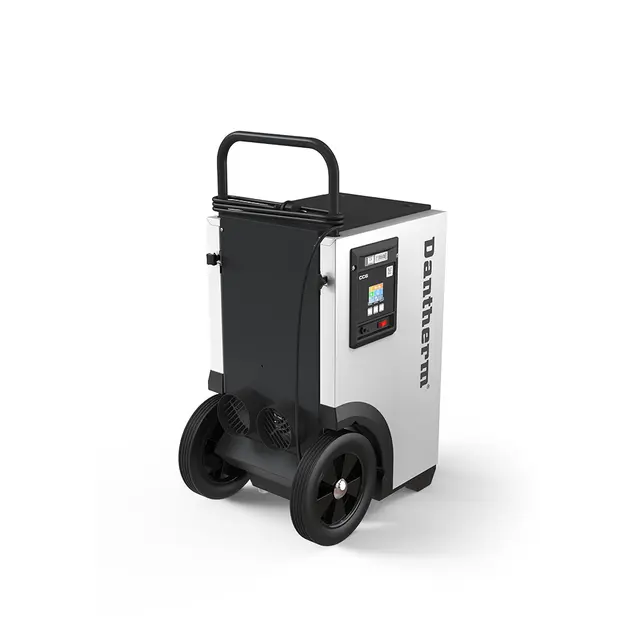Want to avoid water damage disaster?
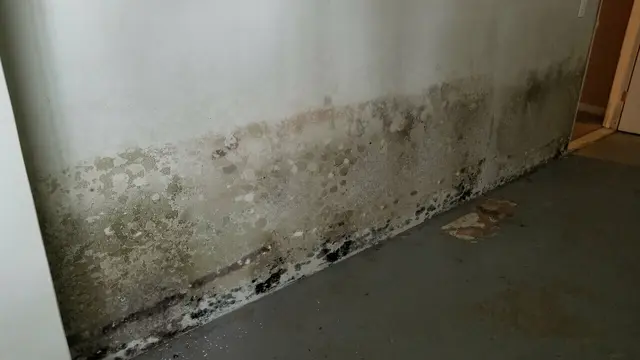
- Home
- Insights
- Humidity control and drying insights
- Want to avoid water damage disaster?
Water damage is a property owner’s worst nightmare. Aside from the potential cost and the loss of belongings, it can cause irreparable structural damage and allow mould and mildew to spread.
Thankfully, there are ways of minimising the chances of disaster and restoring a property to its former glory. This magic is known as water damage restoration.
In this article, you’ll discover the best ways to dry out saturated buildings and relieve the effects of water damage. We’ll be covering the initial steps that a water damage technician needs to take in order to define an approach and how to get the best results from dehumidifiers.
Time is of the essence
Thinking fast is a water damage technician’s greatest asset. Even in the best case scenario, when water damage is caused by a clean water source (like a broken water main), things can go from bad to worse before you know it.
How water damage takes hold
- Minutes
Staining and damage to carpets, flooring and furniture. - Hours
Materials already affected will become saturated and moisture starts seeping deeper into the building construction layers. - Days
A musty odour develops as mould begins to appear. Electrical components can also start to malfunction, and porous building materials that were previously unaffected will begin to absorb water and start to swell or disintegrate (also referred to as secondary damage). - Weeks
By this time, chemicals from the materials in the building will have contaminated the water and it should now be treated as black water (category 3). This adds to discolouration of affected areas and to the deterioration of the structure. Mould spores will have become airborne which means protective equipment should be worn inside.
So, where do you start?
Every project will have its own solution depending on the type of building and the amount of damage that has taken place. But a water damage technician usually follows a series of steps to decide on the most effective application.
Moisture measurement and mapping
Finding the source, working out the extent of the damage, and assessing the kind of building materials that have been affected.
Stabilisation
Removing moisture from the air and keeping the relative humidity (RH) below the threshold where condensation forms on surfaces.
Structural drying
Identifying the most affected areas by comparing new measurements against initial moisture mapping and focussing on drying the structural elements of the building.
Establishing the most effective set up
With a water damage restoration strategy all planned out, it’s important to invest in the right dehumidifier for the job and install it correctly to get the best results. Three important things to consider are:
Capacity
The capacity of a dehumidifier is defined by the amount of moisture it can remove from the air in 24 hours. For fast and cost effective results, you need to work out how much water you need to remove, the size of the room, the humidity levels and the temperature. This will help you achieve the quickest possible drying time without wasting money on equipment you don’t need.
Placement
Place your dehumidifier in the centre of a room and if you are using multiple dehumidifiers (which is often the case in larger spaces) make sure they are not facing one another. They should be equally spaced, with the same distance between each other and the walls.
Air circulation
Placing air movers around damaged rooms will help circulate a continuous air flow across wet surfaces. These are especially useful for reaching where walls meet the floor (areas known to be particularly difficult to dry). A good rule of thumb is to place one air mover for every 3m to 5m of walling.
With a range designed for difficult working conditions and professional efficiency, Dantherm Group is a go-to brand for water damage technicians. And for extra peace of mind, all our products come with expert support from an in-house applications department and international service network.
For help choosing the system and setup that’s best for your project, or for more information and advice on dealing with water damage restoration, don’t hesitate to get in touch with our team.
Related products
Featured insights
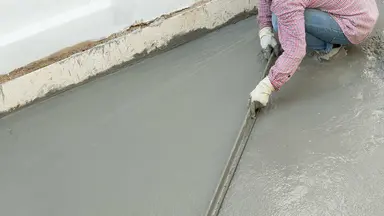
Don't let harmful moisture take your building back to square one
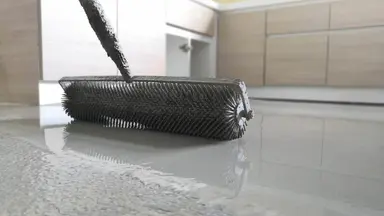
Discover the different methods to dehumidify building sites quickly and cost effectively

Discover everything you need to know about approaching a water damage restoration project.
Need help with choosing the right solution? Our team of over 100 climate control experts can assist.
You can also reach out or join the discussion on our Social Media. Check out our LinkedIn page.
